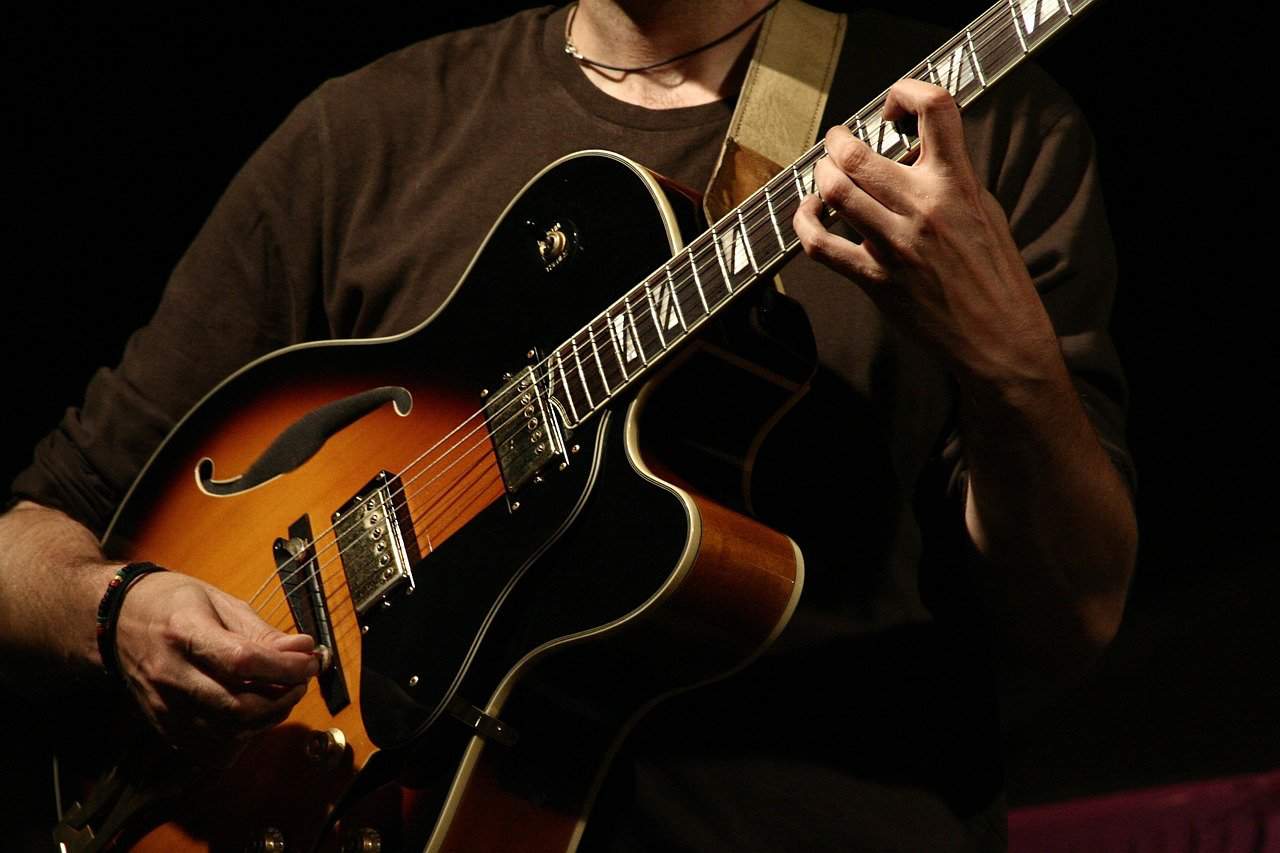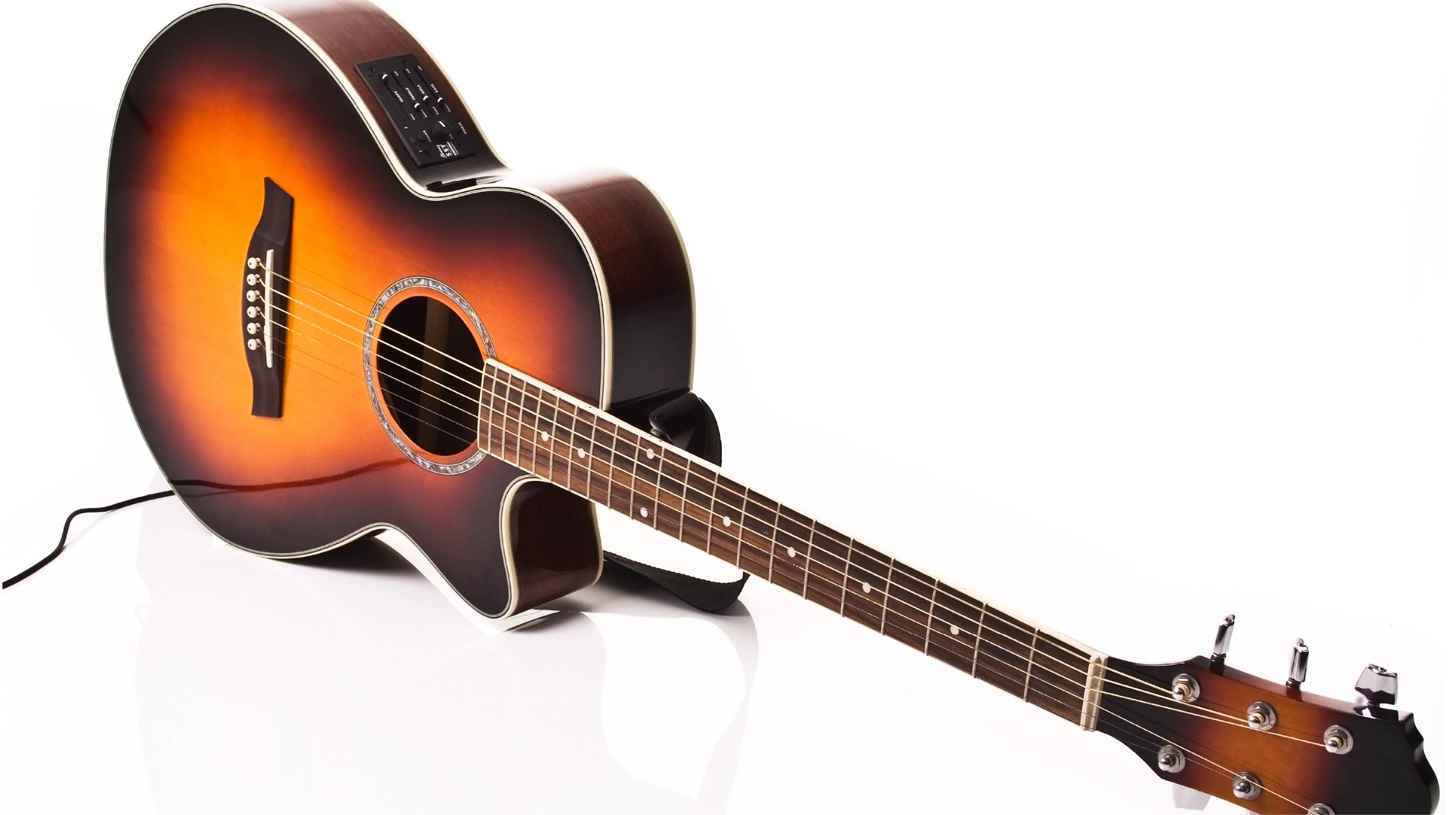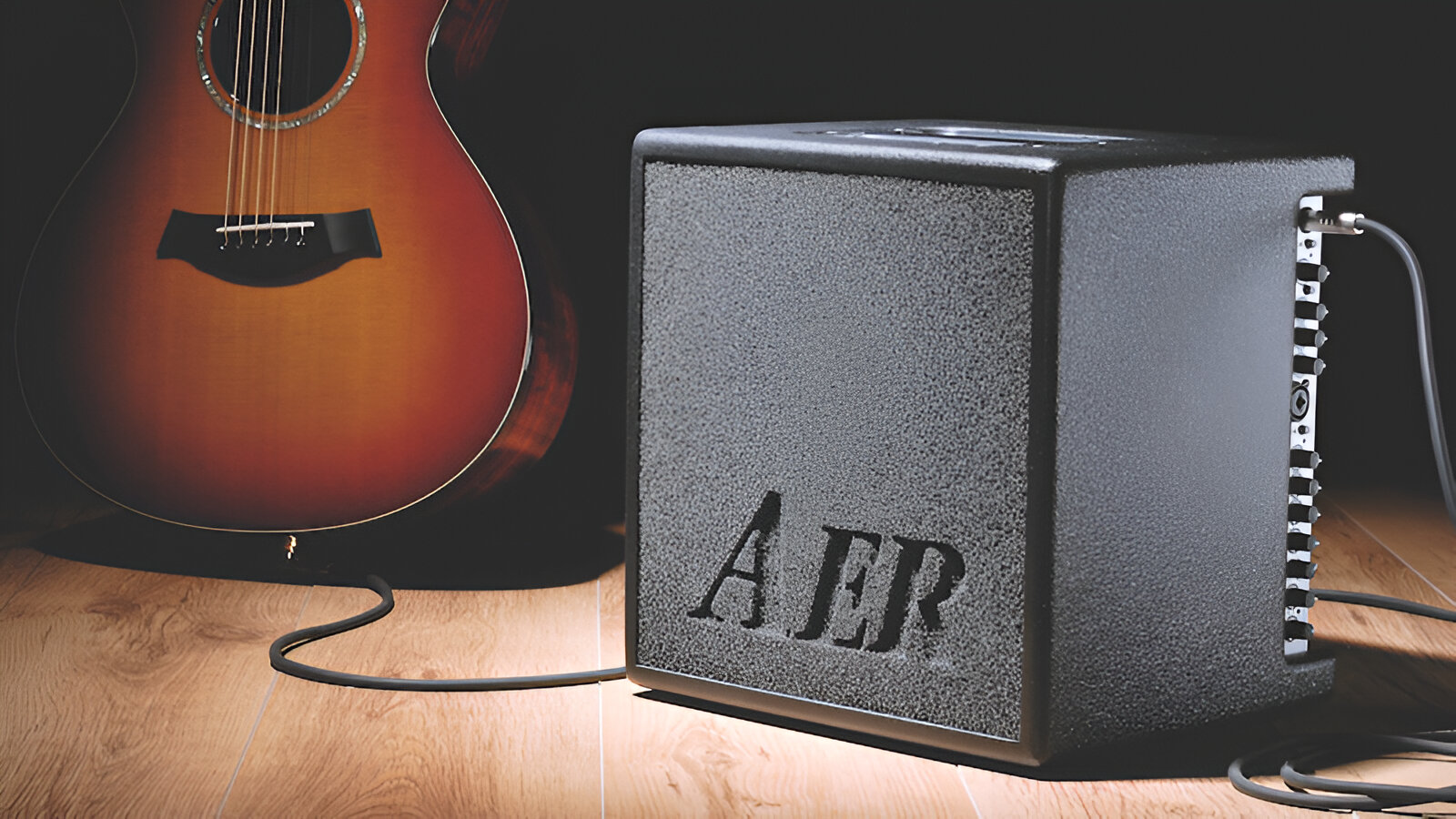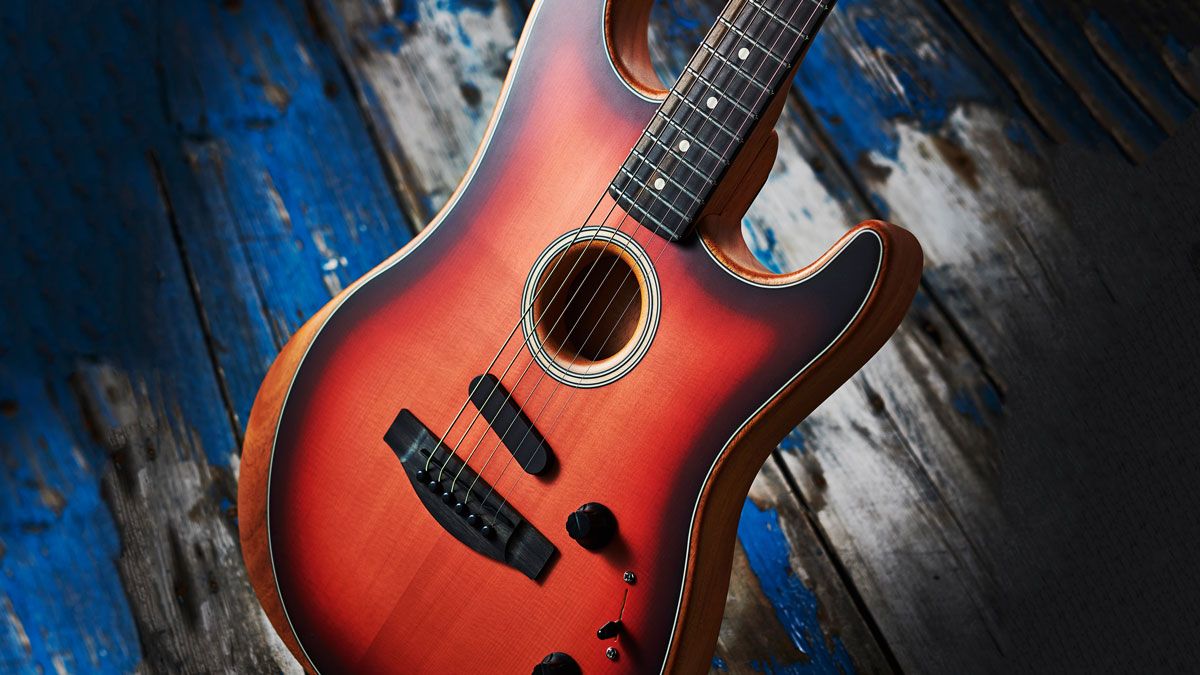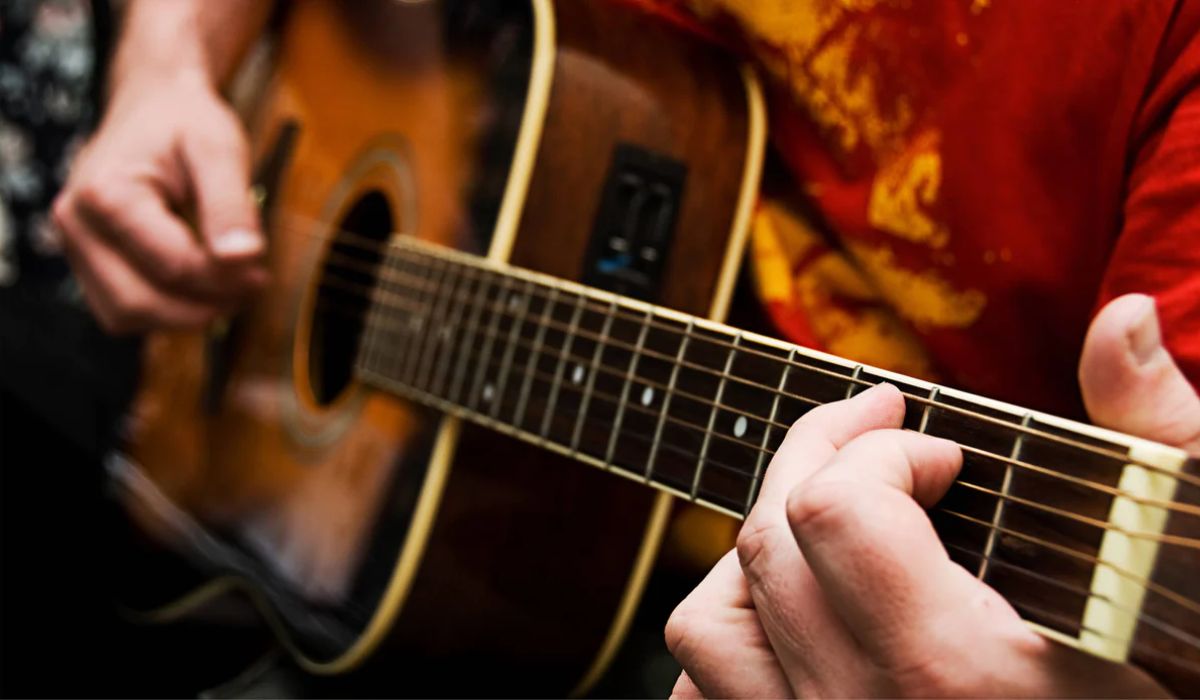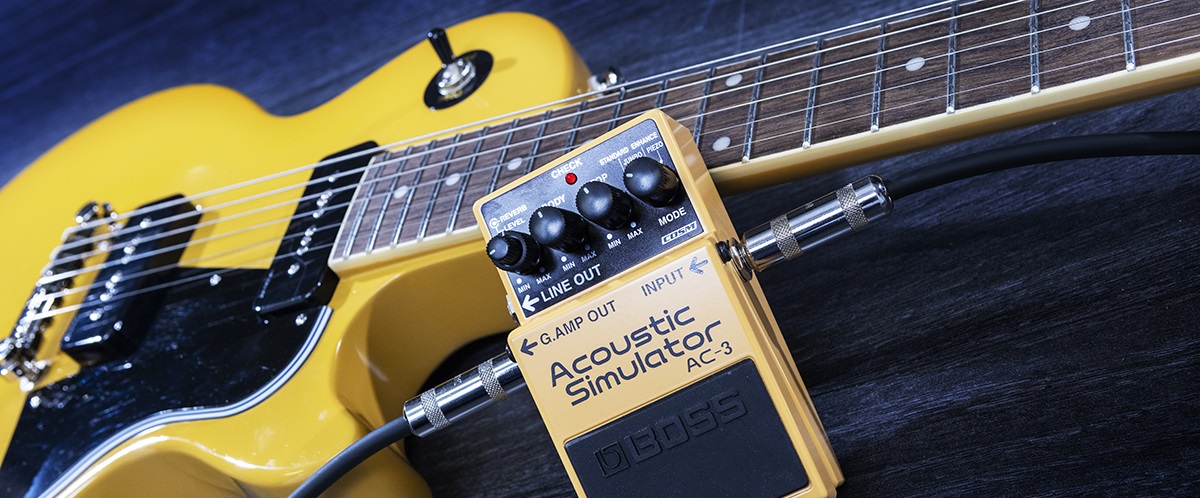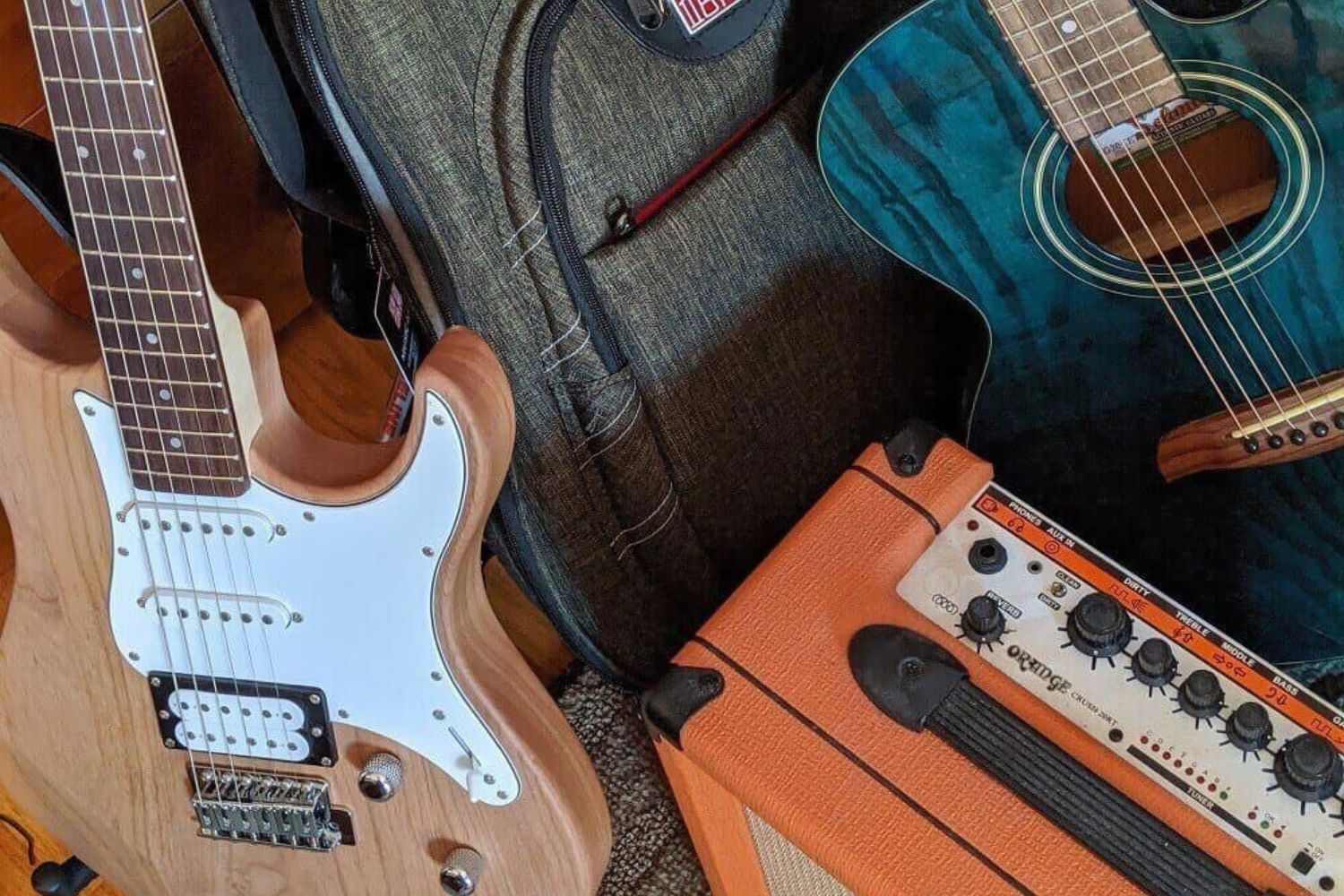Choosing the Right Acoustic Electric Guitar
When it comes to selecting the perfect acoustic electric guitar, there are several factors to consider to ensure that you find an instrument that not only meets your musical needs but also resonates with your personal style. Here are some essential tips to guide you through this exciting process:
-
Consider Your Musical Style: Before making a purchase, it's crucial to consider the musical genres you intend to explore with your acoustic electric guitar. Whether you're into folk, rock, jazz, or blues, different guitar models offer unique tonal qualities that may complement specific musical styles. For instance, a dreadnought body shape is well-suited for projecting a powerful sound, making it ideal for genres that require strong rhythm accompaniment, while a concert-style acoustic electric guitar may be more suitable for fingerstyle playing due to its balanced tonal characteristics.
-
Evaluate the Body Style: Acoustic electric guitars come in various body styles, each offering distinct tonal attributes and ergonomic considerations. The most common body styles include dreadnought, concert, jumbo, and auditorium. Understanding the sonic characteristics and physical dimensions of these body styles can help you narrow down your options based on your playing comfort and sonic preferences.
-
Assess the Electronics: Since an acoustic electric guitar is equipped with electronic components to amplify its sound, it's essential to evaluate the onboard electronics. Look for features such as built-in tuners, tone controls, and pickup systems that align with your performance requirements. Additionally, consider whether the guitar offers a balanced output for seamless connectivity to external audio equipment.
-
Quality of Construction: The craftsmanship and materials used in the construction of an acoustic electric guitar significantly impact its sound and durability. Pay attention to the top wood, back and sides, neck construction, and fretboard material. High-quality tonewoods such as spruce, mahogany, and rosewood often contribute to a guitar's resonance and tonal richness.
-
Playability and Comfort: When trying out different acoustic electric guitars, pay close attention to the neck profile, fretboard radius, and string action to ensure optimal playability and comfort. A comfortable neck profile and suitable string action can enhance your playing experience and facilitate smooth transitions between chords and notes.
By considering these factors, you can confidently navigate the process of choosing an acoustic electric guitar that aligns with your musical aspirations and performance preferences. Remember, finding the right instrument is an exciting journey that can greatly influence your musical expression and creativity.
Understanding the Electronics and Controls
Acoustic electric guitars are equipped with a range of electronics and controls that allow musicians to shape and amplify their sound, offering versatility in various performance settings. To fully harness the potential of these instruments, it’s essential to comprehend the functionalities of their electronic components and how to effectively utilize them. Here’s a comprehensive overview of the electronics and controls commonly found in acoustic electric guitars:
-
Pickup Systems: The pickup system is a fundamental component of an acoustic electric guitar, responsible for capturing the vibrations of the strings and converting them into electrical signals. There are different types of pickup systems, including piezoelectric, internal microphones, and soundhole pickups, each offering distinct tonal characteristics. Understanding the nuances of these pickup systems can help you achieve the desired tonal qualities for your performances.
-
Onboard Preamp: Many acoustic electric guitars are equipped with an onboard preamp, which serves as the control center for shaping the guitar’s amplified sound. The preamp typically features controls for volume, tone shaping (bass, midrange, treble), and in some cases, built-in tuners and phase switches. Familiarizing yourself with these controls empowers you to tailor your guitar’s amplified tone to suit different musical contexts.
-
Built-in Tuners: Some acoustic electric guitars are outfitted with built-in tuners, allowing for convenient and discreet tuning during live performances or practice sessions. These built-in tuners offer visual feedback on the guitar’s headstock, enabling swift and accurate tuning adjustments without the need for external tuning devices.
-
Output Connectivity: Understanding the output connectivity options of your acoustic electric guitar is crucial for seamless integration with amplifiers, PA systems, and recording interfaces. Most acoustic electric guitars feature a standard 1/4-inch output jack, while some models may offer balanced XLR outputs for direct connection to professional audio equipment.
-
Battery Management: For acoustic electric guitars that utilize active electronics, such as onboard preamps and equalization controls, it’s important to be mindful of battery management. Familiarize yourself with the battery type and placement, and establish a routine for monitoring and replacing the battery to ensure uninterrupted performance functionality.
By gaining a comprehensive understanding of the electronics and controls inherent in acoustic electric guitars, you can leverage these features to enhance your sonic expression and adaptability across diverse musical environments. Mastery of these elements empowers musicians to craft compelling performances and unlock the full potential of their acoustic electric instruments.
Using an Amplifier and PA System
Amplifying an acoustic electric guitar through an amplifier and PA system opens up a realm of sonic possibilities, allowing musicians to project their instrument’s natural tones with clarity and depth in live performance settings. Understanding how to effectively utilize amplification equipment is paramount for achieving optimal sound reinforcement and articulation. Here’s a comprehensive guide to using an amplifier and PA system in conjunction with your acoustic electric guitar:
-
Amplifier Selection: When choosing an amplifier for your acoustic electric guitar, consider models specifically designed for acoustic instruments, as they are tailored to accentuate the nuances of acoustic tonality. Look for amplifiers with dedicated acoustic channels, built-in EQs optimized for acoustic frequencies, and effects such as reverb and chorus that enhance the instrument’s natural sound.
-
Understanding EQ and Effects: Familiarize yourself with the EQ controls and effects available on the amplifier to sculpt your guitar’s amplified tone. Experiment with adjusting the bass, midrange, and treble frequencies to achieve a balanced and articulate sound. Additionally, explore the application of effects such as reverb and chorus to add spatial depth and dimension to your performances.
-
Feedback Management: Acoustic electric guitars are susceptible to feedback when amplified at high volumes. Learn techniques for mitigating feedback, such as adjusting the positioning of the guitar in relation to the amplifier and employing feedback suppressors or notch filters available on certain amplifiers.
-
Connecting to a PA System: In larger performance venues or settings that require extensive sound coverage, connecting your acoustic electric guitar to a PA system becomes essential. Utilize balanced XLR cables to connect the guitar’s output to the PA system’s input, ensuring a noise-free signal transmission and compatibility with professional audio equipment.
-
Utilizing Monitor Systems: When performing on stage with a band or in a larger venue, monitor systems play a crucial role in providing musicians with clear and controlled sound monitoring. Communicate your monitoring preferences to the sound engineer, ensuring that your acoustic electric guitar is prominently featured in the stage monitors for optimal performance cohesion.
By mastering the utilization of amplifiers and PA systems in conjunction with your acoustic electric guitar, you can elevate your live performances, delivering captivating and sonically rich renditions that resonate with audiences. Harnessing the potential of amplification technology empowers musicians to showcase the full sonic spectrum of their acoustic electric instruments in diverse musical contexts.
Tips for Proper Maintenance and Care
Maintaining and caring for your acoustic electric guitar is essential for preserving its playability, structural integrity, and sonic quality over time. By implementing a consistent maintenance routine and adhering to best practices for instrument care, you can ensure that your guitar remains in optimal condition for years to come. Here are valuable tips to guide you in the proper maintenance and care of your acoustic electric guitar:
-
Regular Cleaning and Polishing: Keep your acoustic electric guitar free from dust, dirt, and grime by regularly wiping it down with a soft, lint-free cloth. Use specialized guitar polish to maintain the instrument’s luster and protect its finish. Avoid using abrasive cleaners or chemicals that may damage the wood or hardware.
-
Humidity Control: Wood is sensitive to changes in humidity, which can impact the structural stability and playability of your guitar. Invest in a hygrometer to monitor the humidity levels in the guitar’s storage environment. Consider using a guitar humidifier or dehumidifier to maintain an optimal humidity range, typically between 45% to 55%, and safeguard the instrument from warping or cracking.
-
String Care and Replacement: Regularly inspect the condition of your guitar strings and replace them as needed. Wipe down the strings after each playing session to remove sweat and oils, which can contribute to string corrosion. When changing strings, clean the fretboard and frets to prevent buildup of debris that may affect playability and intonation.
-
Truss Rod Adjustment: Understanding the role of the truss rod in maintaining the guitar’s neck relief is crucial. If you notice excessive bowing or backbow in the neck, consult a qualified guitar technician for truss rod adjustments to ensure proper neck alignment and playability.
-
Protective Storage and Transportation: When not in use, store your acoustic electric guitar in a suitable case or gig bag to shield it from environmental elements, temperature fluctuations, and physical damage. During transportation, secure the instrument to prevent shifting or impact-related incidents that may compromise its structural integrity.
By incorporating these maintenance and care practices into your routine, you can safeguard the longevity and performance of your acoustic electric guitar, allowing it to consistently deliver exceptional tonal clarity and playability. Treating your instrument with attentive care not only preserves its physical beauty but also ensures that it remains a reliable and inspiring musical companion throughout your artistic journey.
Techniques for Playing Acoustic Electric Guitar
Mastering the techniques for playing an acoustic electric guitar empowers musicians to unleash the instrument’s full expressive potential, blending the natural resonance of acoustic tones with the amplified versatility of electric capabilities. Whether you’re a seasoned player or embarking on your musical journey, honing these techniques can elevate your playing style and musical creativity. Here are essential techniques to explore when playing an acoustic electric guitar:
-
Fingerstyle and Hybrid Picking: Embrace the dynamic range of fingerstyle and hybrid picking techniques to evoke rich textures and nuanced articulation from your acoustic electric guitar. Experiment with fingerpicking patterns, arpeggios, and hybrid picking combinations to create intricate melodic passages and rhythmic accompaniments.
-
Utilizing Acoustic and Electric Tonal Qualities: Leverage the dual nature of the acoustic electric guitar by blending acoustic and electric tonal qualities within your playing. Explore the use of fingerpicking on the acoustic strings while incorporating electric-style lead lines on the higher frets, seamlessly transitioning between acoustic warmth and electric punch.
-
Dynamic Control and Articulation: Develop a nuanced approach to dynamic control and articulation, harnessing the instrument’s responsive nature to convey emotive phrasing and musical expression. Experiment with varying degrees of picking intensity, finger pressure, and palm muting to shape the dynamics of your performance and evoke captivating tonal contrasts.
-
Feedback and Sustain Management: Embrace the sustain and feedback characteristics of the acoustic electric guitar as expressive tools in your playing. Experiment with controlled feedback for sustained notes and ambient textures, utilizing techniques such as volume swells and harmonic manipulation to create ethereal sonic landscapes.
-
Exploring Percussive Techniques: Incorporate percussive techniques, such as palm muting, body percussion, and tapping, to add rhythmic complexity and percussive accents to your acoustic electric guitar performances. These techniques can enhance rhythmic propulsion and add rhythmic interest to your playing.
By integrating these techniques into your repertoire, you can unlock the full sonic potential of your acoustic electric guitar, creating captivating performances that transcend traditional acoustic and electric boundaries. Embrace the instrument’s versatility and explore new horizons of sonic expression, enriching your musical journey with boundless creativity and artistry.







